| Flavor Profile | Best For | Recommended Brand |
|---|---|---|
| Herb-Forward (more basil & oregano) | Pizza, pasta sauces, tomato-based dishes | Mrs. Dash Italian Herb |
| Earthy (with rosemary & thyme) | Roasts, grilled meats, stews | Spice Hunter Italian Seasoning |
| Garlicky | Vegetables, breads, compound butter | Old Bay Garlic & Herb |
| Spicy Kick | Heartier dishes, chili, spicy pasta | Simply Organic Fire-Roasted Italian |
What Is Italian Blend Seasoning? A Crash Course
Italian blend seasoning is a versatile mix of Mediterranean herbs designed to replicate authentic Italian flavors. Unlike single-origin spices, this blend combines multiple herbs to create a harmonious flavor profile perfect for various dishes.
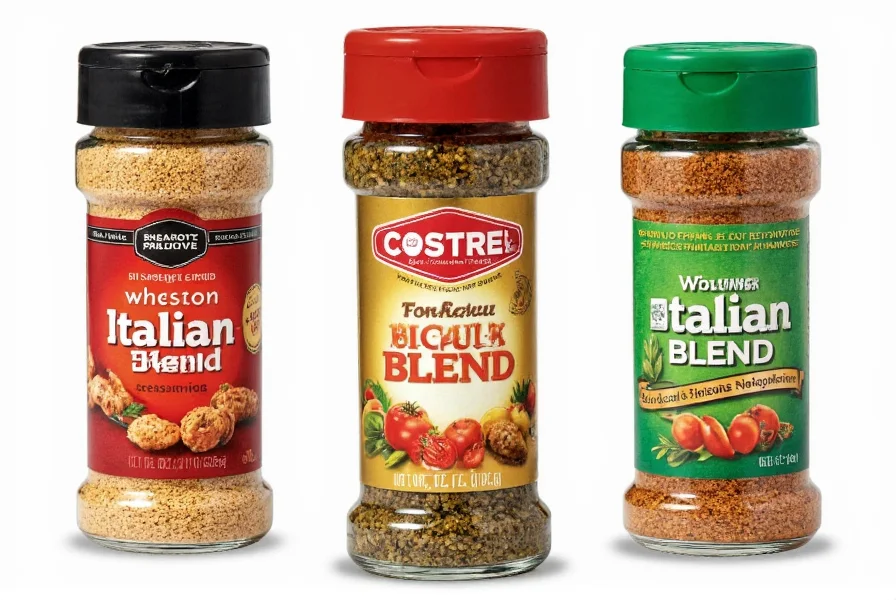
Typical ingredients include:
- Oregano
- Basil
- Thyme
- Marjoram
- Rosemary
- Sage
- Garlic powder (optional)
- Parsley (fresh or dried)
This simple spice blend is a kitchen essential that elevates everything from pasta to roasted vegetables with minimal effort.
10 Unexpected Ways to Use Italian Blend Seasoning
Beyond traditional pasta and pizza, Italian blend seasoning offers surprising versatility. Here are 10 creative uses:
1. Popcorn Seasoning
Toss warm popcorn with olive oil and Italian blend seasoning for a savory snack. Add Parmesan for extra richness.
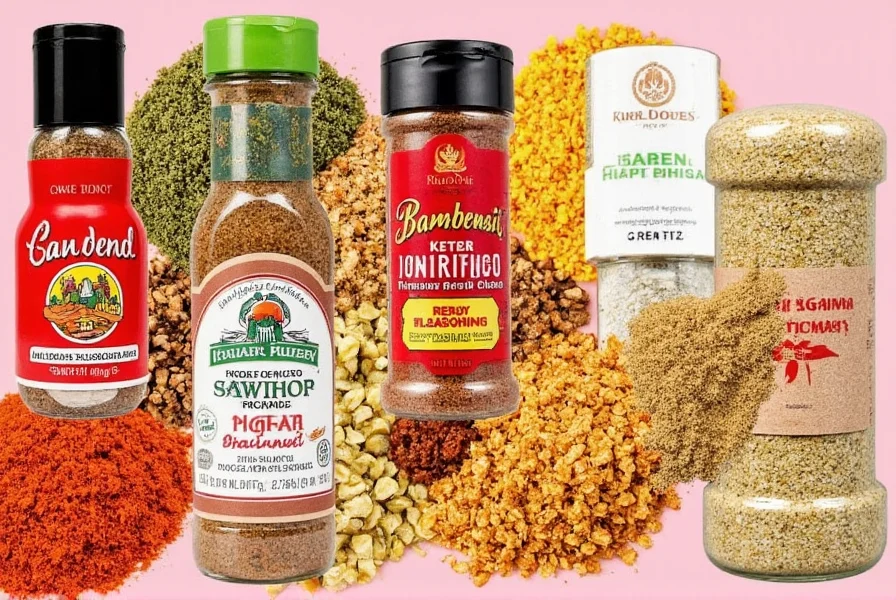
2. Flavored Olive Oil Dip
Mix extra virgin olive oil with 1-2 teaspoons of Italian blend and balsamic vinegar for an instant bread dip.
3. Roasted Vegetables
Dust zucchini, bell peppers, or cauliflower with Italian blend before roasting for restaurant-quality sides.
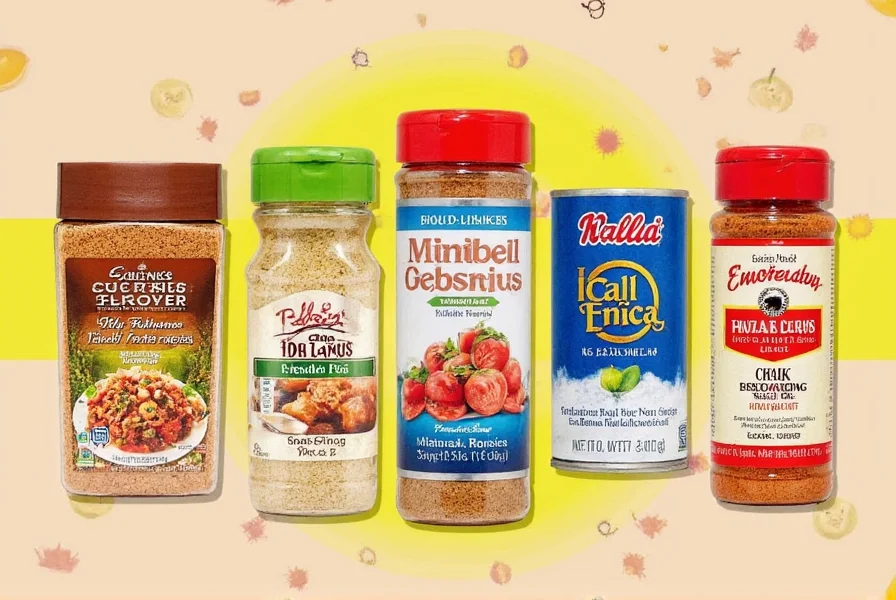
4. Grilled Cheese Enhancement
Apply a dash to the outside of bread before grilling for a crispy, herby crust.
5. Mashed Potatoes Upgrade
Stir a teaspoon into mashed potatoes with garlic and Parmesan for a luxurious twist.
6. Hummus Booster
Add a pinch to homemade hummus with smoked paprika and lemon zest for earthy depth.
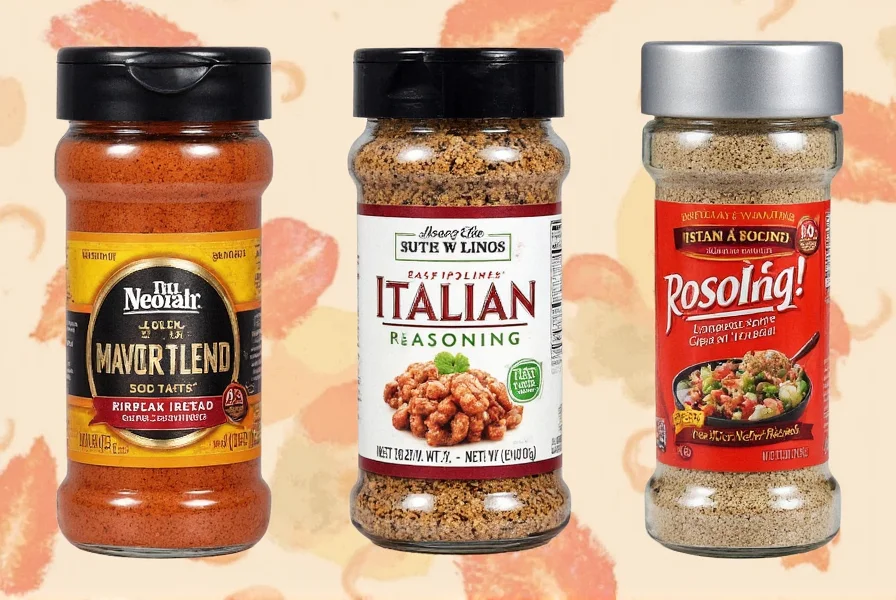
7. Baked Chicken Wings
Coat wings with olive oil and Italian blend before baking. Finish with honey for sweet-savory perfection.
8. Compound Butter
Mix softened butter with Italian blend, garlic, and lemon juice for a flavor bomb on steaks or corn.
9. Homemade Crackers
Incorporate into cracker dough for a savory, herby snack.
10. Lentil Soups
Add early in cooking for deeply infused flavors in vegetarian meals.
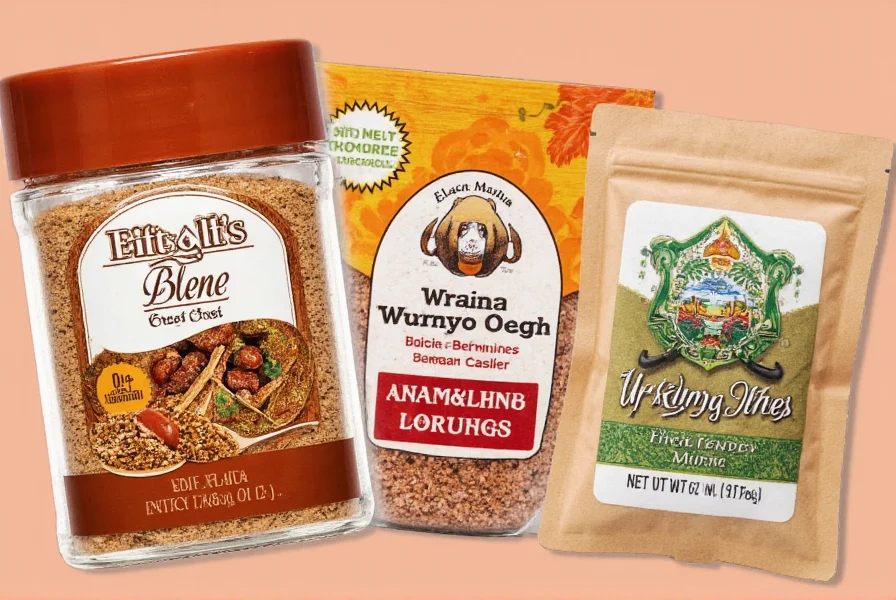
How to Choose the Best Italian Blend for You
Not all blends are equal. Consider these factors when selecting:
- Herb balance: Some blends emphasize oregano, others rosemary or thyme
- Added ingredients: Check for garlic powder, red pepper flakes, or salt
- Brand reputation: Look for trusted spice manufacturers
Buying Guide: What to Look for in an Italian Seasoning Mix
Check the Ingredient List
- Freshness: Look for clear expiration dates
- Minimal additives: Avoid unnecessary anti-caking agents
- Natural ingredients: Ensure no artificial flavors or colors
Consider Your Cooking Style
Choose jar sizes based on usage frequency. For occasional use, smaller containers prevent staleness.
Organic vs. Conventional
- Organic: Ideal for clean eating and avoiding pesticides
- Conventional: Often more affordable while maintaining quality
DIY Option: Make Your Own
Create a custom blend with:
- 2 tbsp dried oregano
- 2 tbsp dried basil
- 1 tbsp dried thyme
- 1 tbsp dried marjoram
- 1 tsp dried rosemary (crushed)
- 1 tsp dried sage
- Optional: ½ tsp garlic powder + ¼ tsp crushed red pepper
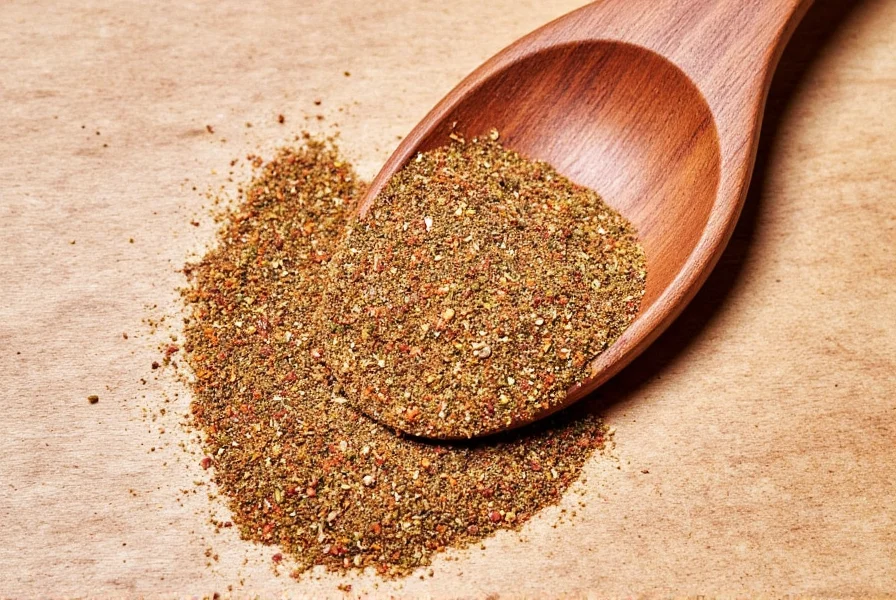
Store in an airtight container for up to 6 months.
Frequently Asked Questions
What's the difference between Italian seasoning and Italian blend seasoning?
These terms are interchangeable. Both refer to the same Mediterranean herb blend typically containing oregano, basil, thyme, marjoram, rosemary, and sometimes garlic or red pepper flakes.
How long does Italian blend seasoning last?
Properly stored in an airtight container away from heat and light, Italian blend seasoning maintains peak flavor for 6-12 months. After this period, it will gradually lose potency but won't spoil.
Can I substitute individual herbs for Italian blend seasoning?
Yes. For every 1 teaspoon of Italian blend, substitute ½ tsp dried oregano, ¼ tsp dried basil, and ¼ tsp dried thyme. Adjust ratios based on your recipe's needs.
Is Italian blend seasoning gluten-free?
Pure Italian blend seasoning is naturally gluten-free. However, check labels for potential cross-contamination if you have celiac disease or severe gluten sensitivity.
What's the best way to store Italian blend seasoning?
Store in an airtight glass or metal container away from heat, light, and moisture. The pantry is ideal—avoid storing above the stove where heat and steam can degrade quality.
Does Italian blend seasoning contain salt?
Most standard blends do not contain salt. However, some "Italian seasoning salt" products do. Always check the ingredient list if monitoring sodium intake.
Why Every Kitchen Needs Italian Blend Seasoning
Italian blend seasoning is a versatile powerhouse that transforms ordinary dishes into flavorful creations. From popcorn to lentil soups, this simple spice blend brings authentic Italian flavors with minimal effort.
Experiment with different applications, adjust ratios to your taste, and consider making your own blend for complete control over ingredients. With its endless versatility, Italian blend seasoning deserves a permanent spot in your spice collection.

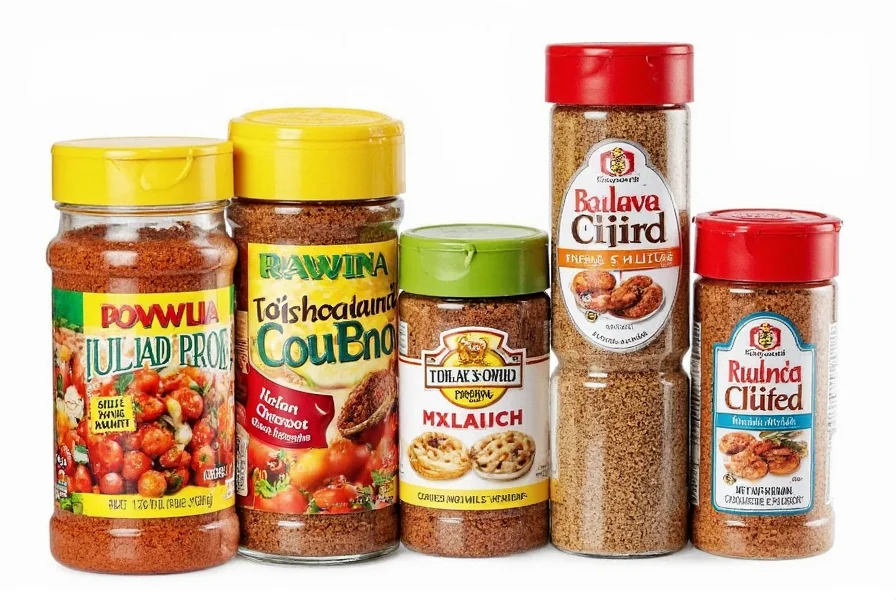









 浙公网安备
33010002000092号
浙公网安备
33010002000092号 浙B2-20120091-4
浙B2-20120091-4